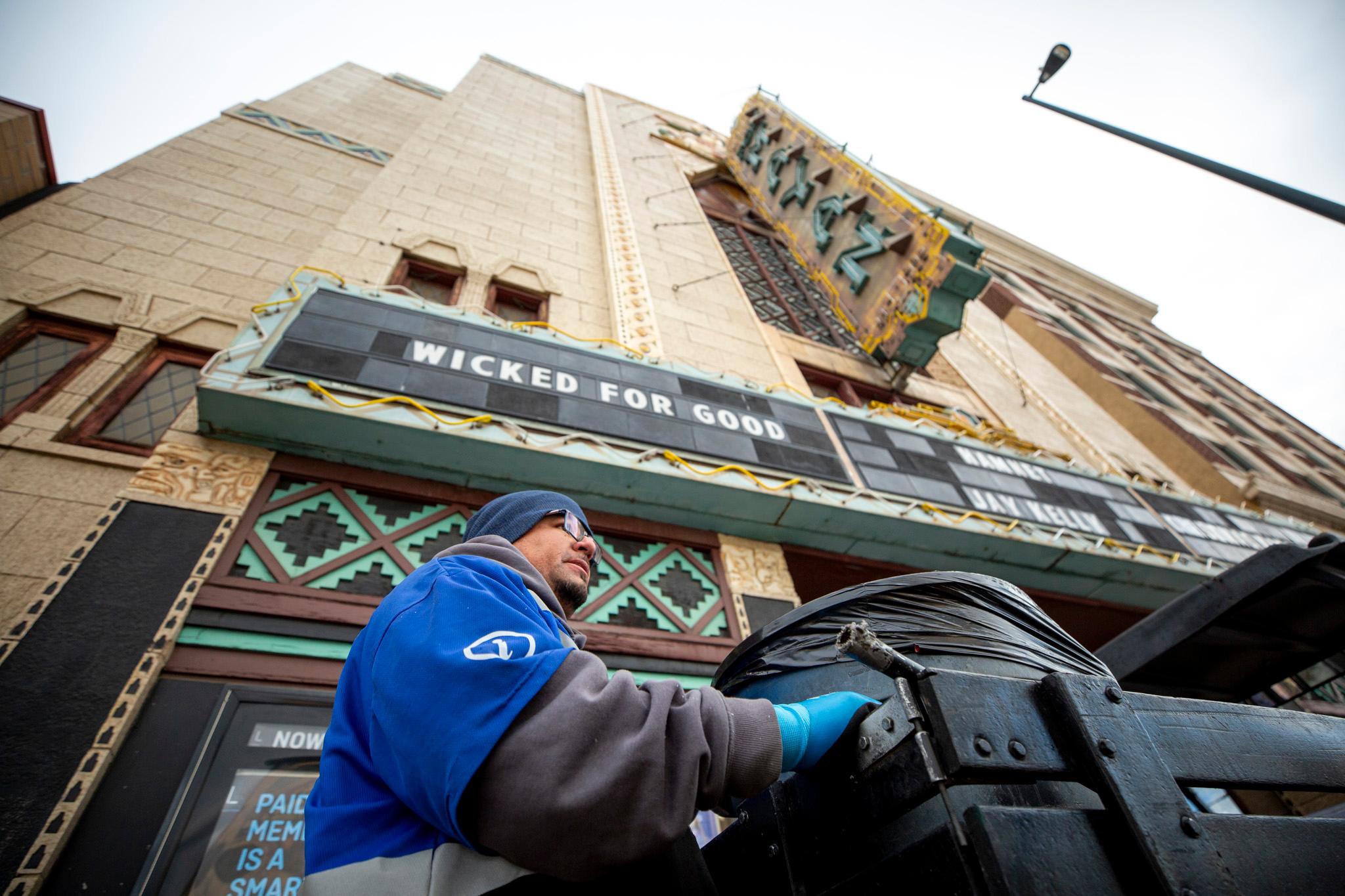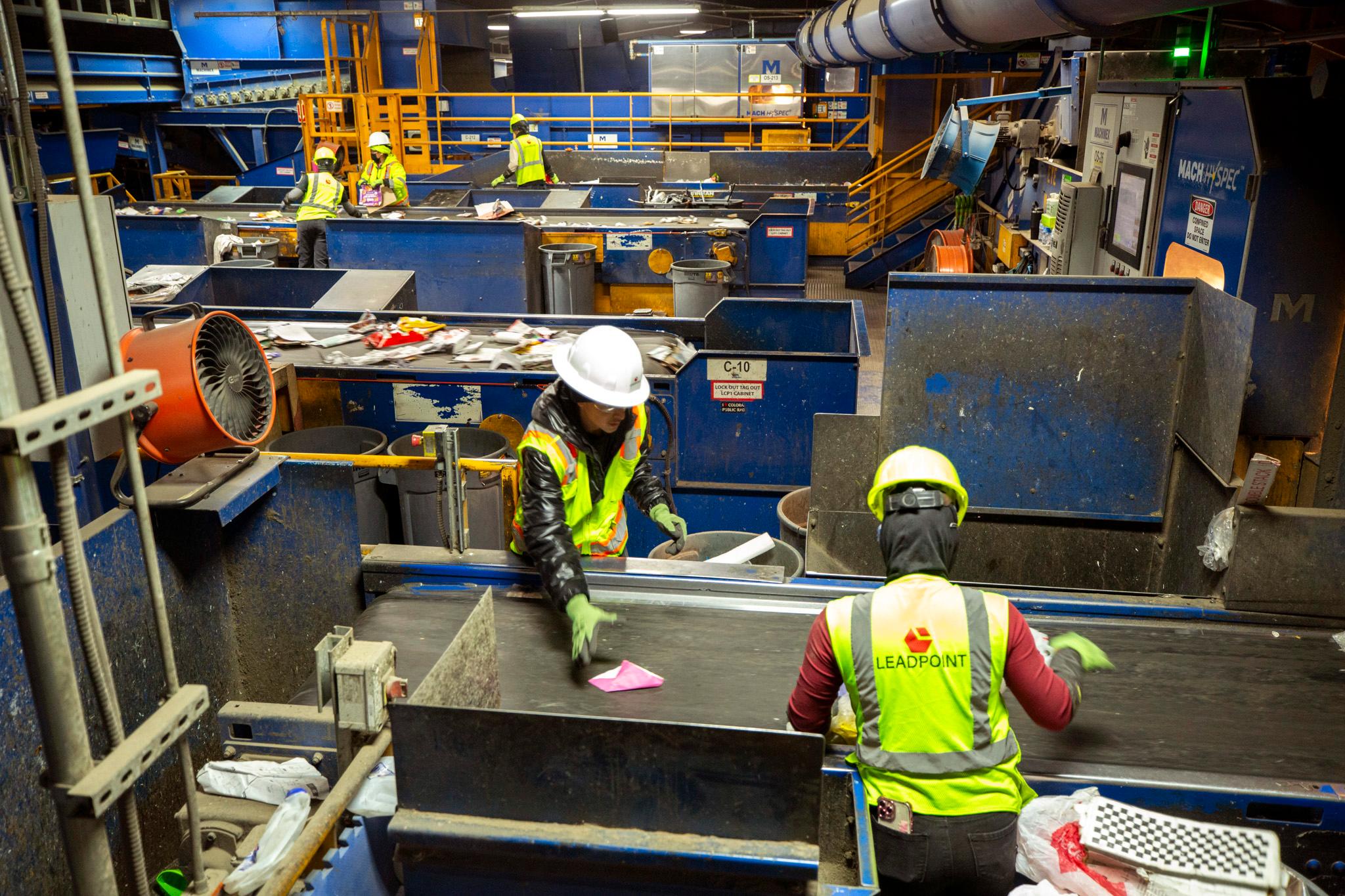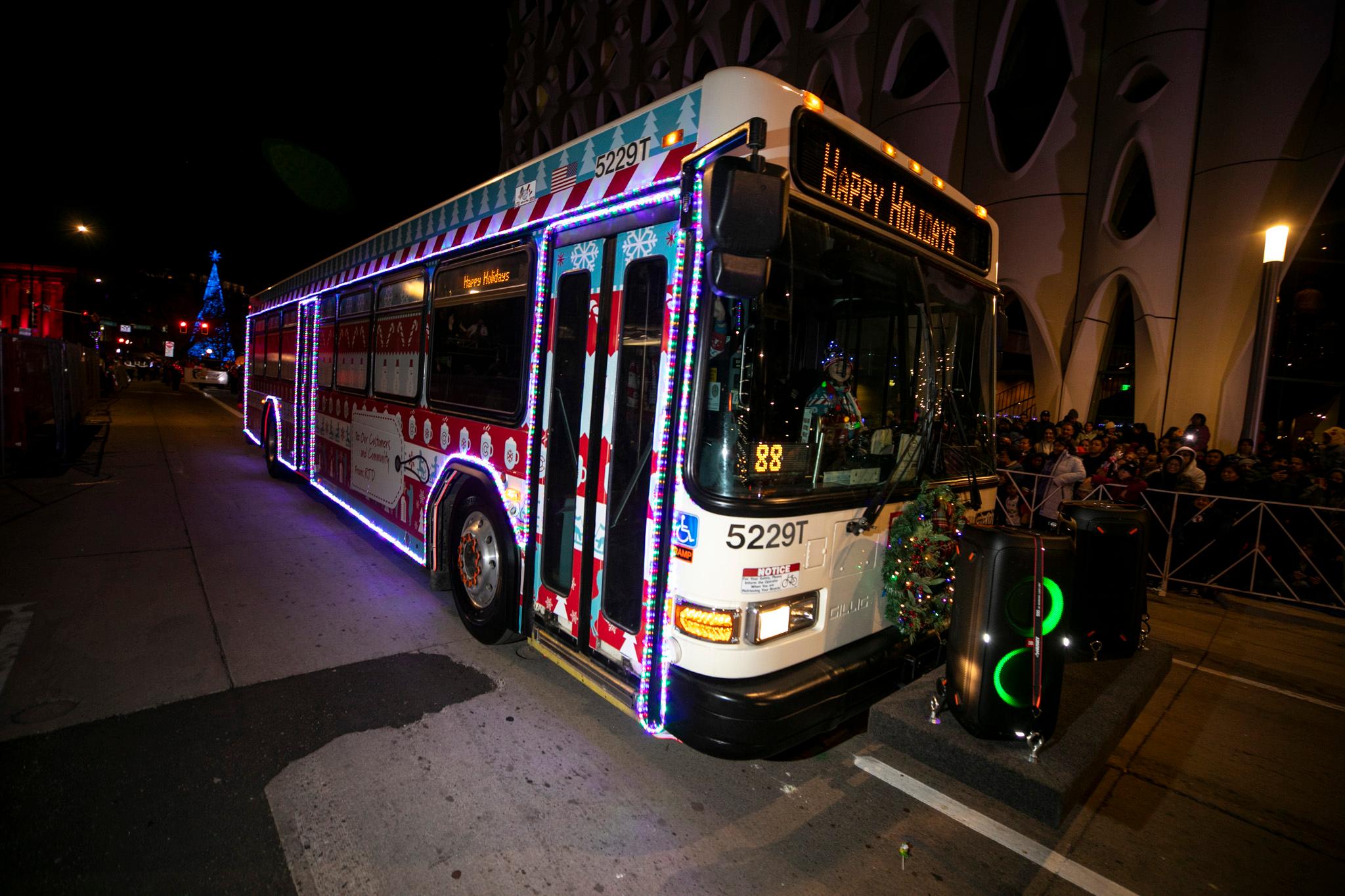Denver got painted up a bit prettier in 2019, with 31 new murals, sculptures and other pieces of public art.
Denver funds a certain number of public art pieces a year, said Denver Arts & Venues spokesperson and program manager Amber Fochi, although it fluctuates year to year along the money available. In 2018, for example, the city unveiled 53 pieces in all.
Fochi said the city is anticipating "a bunch more public art," after Denver voters passed the 2017 Denver GO Bond. That massive borrowing plan meant the city will spend close to $1 billion on numerous construction projects over the next decade. Projects that are part of this plan will have to follow a rule requiring they spend 1 percent of the project cost on public art.
"The rate is going to go up, just because we have so much funding coming our way through all of these new construction projects, many of which, most of which have not started," Fochi said.
New works installed over the last two months ended up being concentrated in the city's west side, including several pieces from the Urban Arts Fund along Santa Fe Drive.

Pieces completed in December included:
- A mural at the Aztlan Theatre by Adolfo Romero at 974 Santa Fe Dr.
- A mural at Museo de las Americas by Josiah Lee Lopez and Javier Flores at 861 Santa Fe Drive
- Three murals by Lee Lopez, Ray Lopez and A.J. Kiel in the alley between Santa Fe Drive and Kalamath Street, at the 900 block
- A mural by Karma Leigh at the Center for Visual Art's alley side at 965 Santa Fe Drive
- A sculpture by Jaime Molina near Federal Boulevard called La Veleta/The Weathervane
Fochi said she doesn't expect any new public art this month, though there may be a call for artist submissions.
A lot of art is paid for from the budget for municipal projects.
Public art in Denver is funded in two ways. One comes from the Urban Arts Funds, a program using money directly from the Denver Arts & Venues' own budget. Money for this program comes from revenue raised by the office's venue rental, commission on concessions, sponsorships and commission on ticket sales.
"We're a socio-cultural enterprise," Fochi said. "We're taking funding from our operations and then putting that money back into the community through the Urban Arts mural, through the Five Points Jazz Festival, through free and inexpensive cultural programming at the McNichols Building."
The other source is the city's major construction projects. In 1988, then-mayor Federico Peña signed an executive order making it so that 1 percent of the construction budget for city capital improvement projects over $1 million would be set aside for artwork. The revised order formally became law as the Denver Public Art Ordinance in 1991.
"There are a lot of cities around the nation that have similar 1 percent for public art policy and system for funding art," Fochi said. "You can see that our collection really blew up after 1988."

So the budget for the renovations on federal paid for the Molina piece on Federal. City law says that artwork funded by the city project has to be nearby. Fochi said each project has a panel who picks the artist. Molina made the piece in a workshop in Denver and said the piece is a "measure of time and what we will do with it."
"The idea that this totem serves as a gauge of our ability to survive ourselves seemed appropriate," Molina said in a release last month. "I think of it as a weathervane. Una Veleta. A reminder of which way the wind is blowing."
Before 1988, Fochi said art pieces were usually purchased by the city or donated. The city has close to 400 pieces in its collections, including a few pieces at DIA in storage due to ongoing construction. The Urban Arts Fund, which started in 2009, has funded 183 art pieces since it launched. Fochi said funding for this program has increased basically every year. In 2019, it funded $107,000 for these projects, up from $100,000 in 2018.
Private development is not obligated to put money into public art.
This story has been updated to clarify Karma Leigh's name.











